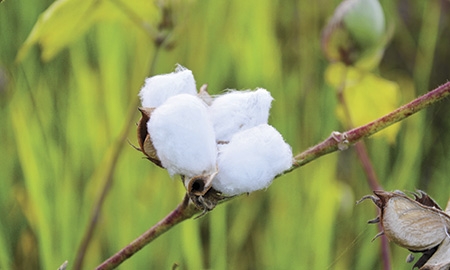Uganda produces a medium-long staple fiber, which is hand picked, roller ginned, and is of premium quality. Uganda’s cotton quality standards are affiliated to most international bodies, such as the International Cotton Association, Bremen Cotton Exchange, and U.S. Department of Agriculture. Uganda is also a member of the International Cotton Advisory Committee.
Cotton marketing and processing have been liberalized since 1994 and Uganda has fostered its position as the second largest producer of cotton in East Africa by creating an enabling environment for production and investment in value addition.
Following the liberalization of marketing and processing, the Cotton Development Organization, a government agency under the Ministry of Agriculture, Animal Industry and Fisheries, was created to monitor and promote cotton production, processing, marketing, and regulation. In collaboration with private sector stakeholders, mainly the ginners, capacity has been created for producing high quality cotton, thereby ensuring a continuous supply of raw material for cotton-based industries.
Cotton’s by-products of lint and cottonseed form the basis for investment in the cotton value chain. Hitherto, there has been limited foreign direct investment in the spinning and textiles sectors, resulting in the export of lint as a raw material, which in turn affects farm-gate prices and job creation, and erodes the full economic benefits of the value chain from farm to fashion industry.
Supported by a 2009 National Textile Policy, the government has put in place a favorable investment climate by offering several incentives to manufacturers. Security of people and property is guaranteed, foreign exchange is liberalized, and infrastructure development is being fast-tracked. In addition, Uganda has a young, trainable, English-speaking workforce, readily available utilities (electricity and water), and an extensive national road network, all of which combines to provide excellent investment opportunities in the Ugandan cotton value chain.

0 COMMENTS